Every dog requires at least some grooming to maintain their health and happiness. Grooming shouldn’t be a negative experience for your dog, whether you take them to a groomer or do it yourself.
Do you know how to set your puppy up for a lifetime of dog grooming success? Are you aware of how your dog’s grooming should change as he ages? Do you know how to find a groomer who will be a great fit for your dog’s needs? How about the best ways to groom your dog at home?
Related: The Best Clippers for Grooming Your Dogs
We have tips on everything you need to know about grooming your dog from puppyhood to his senior years!
Why Grooming Is Crucial For Your Dog’s Health

Of course, brushing your dog can reduce shedding and make your life easier by not having to clean up as much hair around your house, but grooming is also essential for your dog’s overall health and well-being. Whether you bring your dog to a groomer or do it yourself, grooming can help you spot brewing health concerns.
More than that, some health problems can actually be CAUSED by a lack of proper dog grooming. Some problems that can be prevented or spotted by regular grooming are:
Eye problems
Regular dog grooming helps determine whether your dog’s eyes are clear, bright, and healthy. If they’re red, runny, cloudy, or have a thick discharge, that means it’s time for a trip to the vet.
Lack of regular grooming, especially on dogs with furry faces, can also lead to sores due to eye “goobers” sitting directly on your dog’s skin for an extended period of time. These can be extremely painful, and when the goobers are removed, the raw skin underneath is open to infection.
Ear infections
When you flip your dog’s ears back, the skin should appear white or pale pink with very little discharge or odor. Redness, debris, or a foul smell can be signs of an infection and should warrant a trip to the vet.
A bit of ear cleanser on a cotton ball or an ear cleaning wipe can be used to gently clean away general dirt and debris during grooming. If your dog is prone to ear infections, cotton placed inside his ears before a bath or a swim can help prevent water from getting into the ear canal and causing trouble.
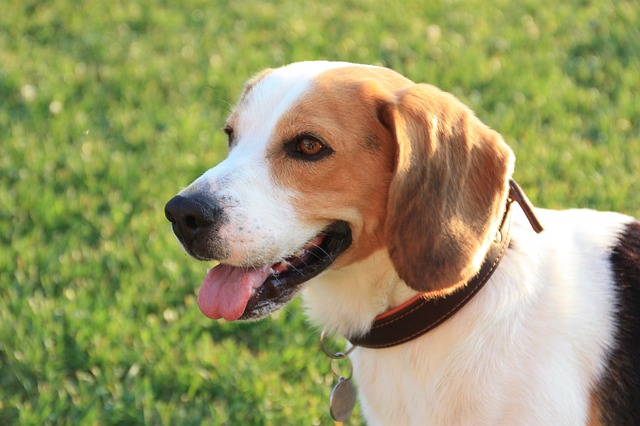
Overgrown Toenails
Some dogs that frequently run or walk on pavement may not need their nails trimmed, but most dogs will need help from you or a groomer to keep their nails short. Overgrown toenails can cause arthritis or even embed themselves in the pads of your dog’s feet. Ouch!
Related: The 8 Best Dog Nail Grinders For Tidy Toes At Home
Tooth and Mouth Problems
Brushing your dog’s teeth daily with dog-friendly toothpaste is a crucial part of keeping them healthy. According to vets, 85% of dogs over the age of 4 have some form of gum disease, like gingivitis. Other common mouth problems include tooth loss, abscesses, and even infections that can lead to death.
If your dog doesn’t let you brush his teeth, you can try dental rinses, dental sticks, tooth wipes, raw bones, and natural chews like bully sticks in order to keep your dog’s mouth healthy.
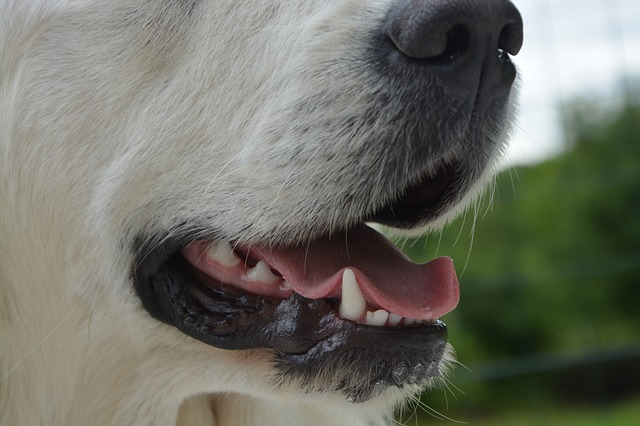
Matted Hair
Matted hair doesn’t just look bad; it can seriously harm your dog if you don’t brush him regularly. Matted hair can both cause and hide skin sores and infections. It can also hide fleas, ticks, and lice. In severe cases, it can even amputate limbs!
Depending on your dog’s fur type, he’ll need brushing as often as every day and may need a haircut every 4-6 weeks in order to prevent serious matting. Ask a groomer how much brushing and what type of brush your pup’s coat type requires.
Related: The 10 Best Dog Brushes For Brushing Your Pup
Lumps and Bumps
Wet hair is much easier to see and feel through than dry, fluffy hair. Even if your dog doesn’t get very dirty, regular baths can help spot lumps and bumps that can be indicators of serious health conditions, up to and including cancer. Be sure to use a gentle shampoo formulated for dogs in order to prevent drying out your dog’s skin.
Preparing Your Puppy For A Lifetime Of Positive Grooming Experiences
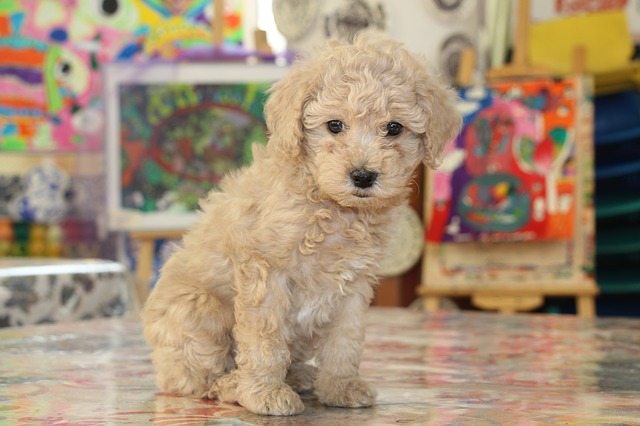
A dog that resists grooming is far more likely to get injured than one that’s been introduced to all aspects of grooming from a young age. Unfamiliar dog grooming tools can be scary, making the process more stressful. How can you set your puppy up for a lifetime of success before he even arrives at the groomer?
Hold Their Feet
It’s much easier to trim a dog’s nails if they don’t hate having their feet touched. The younger you start touching and holding your puppy’s paws – preferably while giving them tasty treats – the more likely it is your dog will tolerate nail trims without stress as they grow up.
Introduce Them to Brushing & Combing
Little puppies may not have much hair yet, but it’s important for them to get used to the brush and comb you’ll be using on them. Start with a few minutes at a time of brushing, followed by a treat. Ideally, your puppy should learn that brushing is relaxing and bonding time, not something to be avoided.
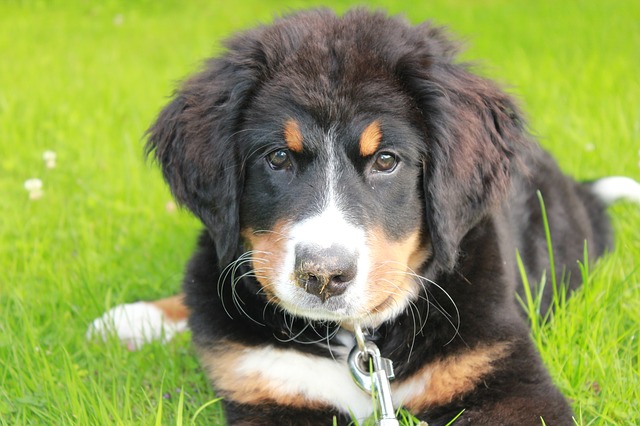
Don’t Stop if They Try to Bite
If you pull your hand away when your puppy nibbles on you, they learn they can make you stop doing the thing they don’t like. It’s okay to tell your dog no, but don’t swat him with the brush – he’ll learn to associate the brush with pain, and you don’t want that!
Related: 6 Best Online Dog & Puppy Training Classes (+1 to Avoid)
Handle Their Face
Any dog with hair on their face will need to learn to hold still while that hair is being trimmed. The younger they can learn that having their face held isn’t scary, the less likely they will be injured during grooming. Sharp scissors and clippers are not something you want near a thrashing, terrified dog! Reward your pup for letting you hold and handle the parts of his face in varying positions.

Get Them Used to Noise & Vibrations
The sound and feel of grooming clippers can be scary to a dog that has never experienced them before. Long before your puppy needs his first haircut, you should use the body of an electric toothbrush or razor to get them used to the vibrations. Reward calm, accepting behavior with treats as you go.
Bring Them to a Groomer as Soon as You Can
Most groomers require your puppy to have at least his first round of shots. Once your vet gives the all-clear, set up a meet-and-greet with your groomer ASAP. He or she can hug and kiss your pup, feed him treats, and maybe give a bath or light trim. The point is to show your dog that visiting the groomer can be a fun, positive experience.
Most groomers offer cheaper puppy packages for dogs 6 months and younger to help them acclimate to the process. The longer you wait, the harder it will be for them to adjust.
How Dog Grooming Should Change As Your Pup Ages
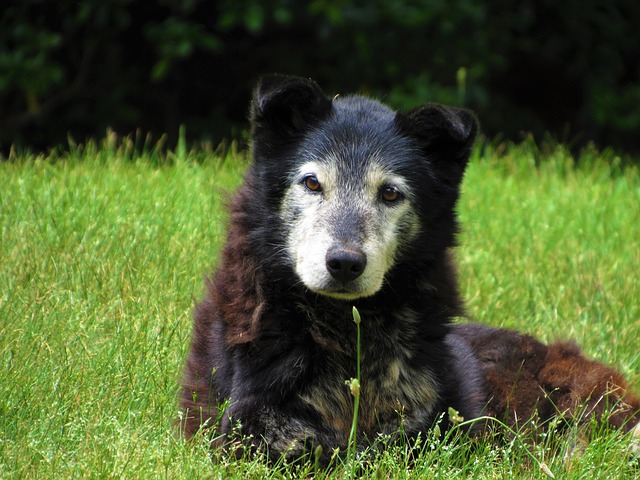
Just as with humans, dogs lose cartilage as they age, leading to arthritis. Asking your elderly dog to stand for an extended period of time to achieve the perfect haircut may be cruel if they are in pain due to arthritis, hip dysplasia, or any other condition related to aging.
Some groomer suggestions include:
- Scheduling shorter appointments that require less time in an uncomfortable kennel
- Doing simpler haircuts that require less standing
- Waiting longer between appointments
- Not striving for a perfect haircut
You should also listen to your dog. If his behavior during the grooming process changes, he may be indicating pain, hearing or vision loss, or other health issues that should be addressed with your vet.
How to Find the Best Dog Groomer for Your Furry Friend
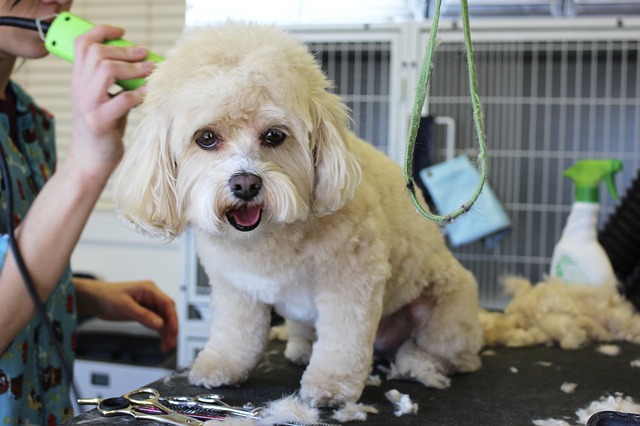
Finding the best dog groomer involves more than just checking online reviews. Even the best groomer in your area might not be a fit for your dog. Asking friends and family for recommendations and checking reviews is a good place to start, but that should just be the beginning of your search.
Once you have a few candidates in mind, you should ask for dog grooming price estimates. Most grooming salons will give a price range based on your dog’s breed, but some may charge based on your dog’s size or the amount of time it takes to groom them.
You probably want to avoid the cheapest place in town – that’s a groomer who’s either brand new or doesn’t value their time. They will be forced to rush through as many dogs as possible in order to make a living – not the best environment for your dog to be groomed in!
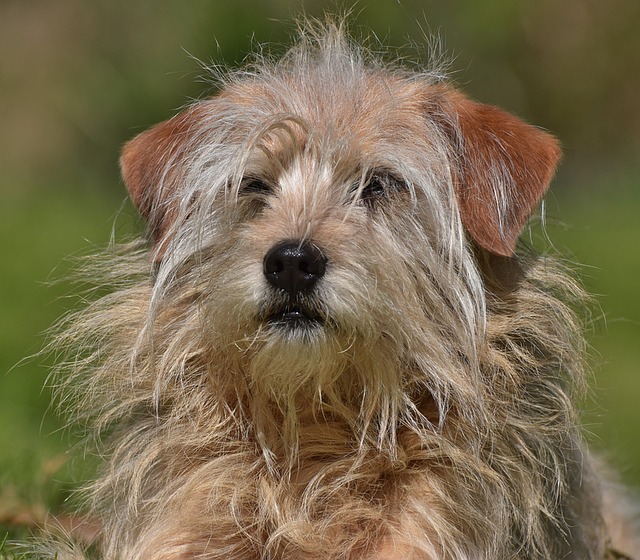
Choose The Scheduling Method That Works Best For Your Dog
Once you’ve narrowed the list a little bit, it’s time to find out how each groomer schedules their dogs. Some salons will use “cattle call” scheduling, where all the dogs for the day are dropped off at a certain time in the morning and may be there as long as the entire day depending on when the groomer finishes. If your dog does well in a kennel, this may be a great option if you need to get your dog groomed while you work all day. But if your dog hates being in a kennel, this may not be a great fit.
Most dog groomers use “block” scheduling, where they schedule several dogs to come in simultaneously. These places usually quote a 3-4 hour turnaround time. Dogs are not typically dried all the way through – they get partially dried, then sit in a kennel with a dryer on them. This can affect the quality of the haircut and may also be dangerous for flat-faced dogs.
Other dog groomers schedule dogs individually. This is the best option if you have a dog with health problems or that hates being in a kennel. The groomer typically gets started as soon as you drop your dog off, and you pick him up as soon as he’s done. This can be a great option for getting senior dogs in and out as quickly as possible.
Tips for Dog Grooming at Home

If you’d rather groom your dog at home, that’s great too! Here are some hacks to help you out along the way.
Use your finger to brush your dog’s teeth.
If your dog hates the toothbrush, put doggy toothpaste directly on your finger or use a finger cap toothbrush.
Groom your dog after a long walk.
They’ll be too tired to fight the process.
Brush your dog while watching TV.
Keep a brush handy and brush him for 15 minutes at a time while you’re both relaxing on the sofa.
Use a flea comb to remove eye goobers.
While your dog is wet, use a flea comb to gently comb eye goobers out.
Elevate your dog for grooming.
If you put your dog on a table, counter, or washing machine during grooming, they will understand it is time to be serious, not playtime.

By following the tips in this guide, you can empower yourself and your dog for a lifetime of safe, fun, even relaxing grooming sessions!
 Toledo, United States.
Toledo, United States.